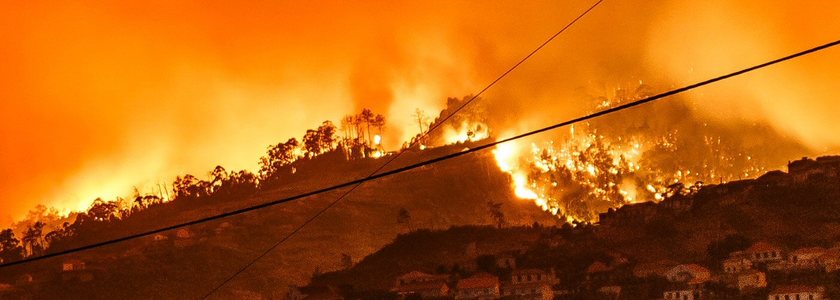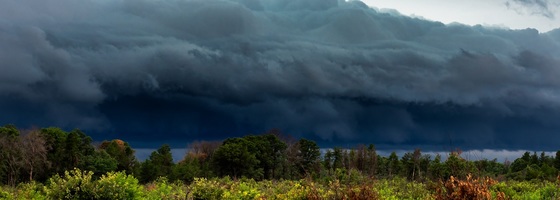

Wildlife Wednesdays: Effects from Wildfires
Fires can be a beneficial part of forest ecosystems and a natural part of those landscapes. However, the number and intensity of these fires are increasing, especially throughout the West, with climate change being partially to blame. Summertime temperatures, especially in the western US, are predicted to warm with less precipitation expected over time. More wildfires will also lead to more destruction to wildlife.
The good news is that many animals have the ability to escape the heat. Birds will fly away, mammals will run, frogs and other small creatures can burrow into the ground, and bigger animals will take refuge in streams and lakes. The downside to animals fleeing is that it also leads to predators hunting and killing animals trying to escape the flames. Also, fleeing of animals leads to them crossing busy highways or roads, leading to collisions. Some wildfires can spread so fast that even the fastest animals can become trapped, including pronghorn, elk, and deer.
Sadly, some animals that can't outrun the flames or find shelter do perish, especially young or small animals. Even organisms buried deep within the ground, such as fungi, can be affected. Temperatures have been measured as high as 1,292 degrees Fahrenheit beneath logs burning in a wildfire and 212 degrees Fahrenheit two inches below the surface! Wildfires can even affect fish. As fires destroy vegetation, that destroys shade for cold-water streams. This leads to warmer waters as a result, which can kill species, such as trout, who need cool water to live.
Wildfires also destroy habitats. As fires burn, they destroy forests, shrubs, and sagebrush. Sagebrush is home to animals such as sage grouse, mule deer, and pronghorn. Scientists say sagebrush is expected to become a fraction of their current size due to warmer temperatures and more frequent wildfires, which will lead to a decline in these animals who depend on it for their homes. Sagebrush that has already been damaged from previous fires can take up to 120 years or more to recover!
Catastrophic fires make it hard for wildlife to recover afterwards. Animals have to move longer distances to rebuild from the burned area. Burned soil loses all of its nutrients, and even more nutrients are lost during erosion after the fires. This can lower the productivity of plants and wildlife. The U.S. Forest Service is working to better understand effects on wildlife habitats and also to understand the effects of fuel reduction treatments aimed at reducing the risk of wildfires, as the rate of them are increasing with time.






